Seven Wonders of India | 7 Wonders of India To Visit in India
Since the ancient ages, India has been known all over the world for its numerous wonders. The Indian sub continent has been the cradle for some of the oldest civilizations of the world. Over a period of thousands of years, India has developed into one of the most fascinating countries of the world. The wonders of India include breathtaking natural beauty, its rich wildlife, the varied and dynamic population, and the numerous historic buildings that have been built by the erstwhile rulers of this vast land. Tourism in India has been ever growing due to the immense popularity of the wonders of India all over the world.
1 Gomateshwara in Shravanabelagola, Karnataka
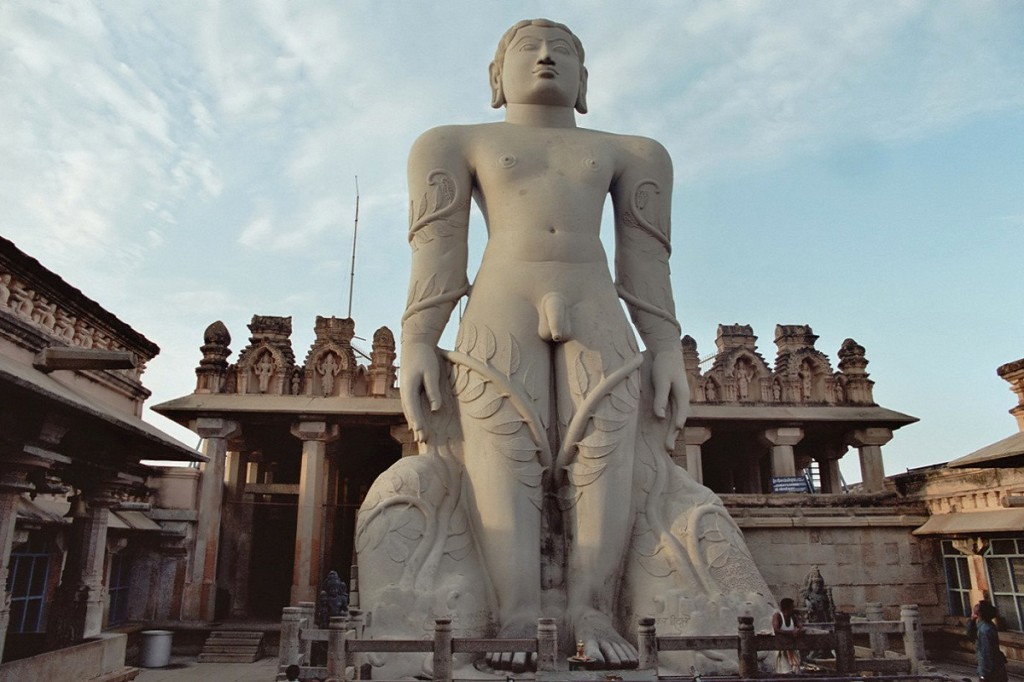
The colossal monolithic statue of Gomateswara is situated at Sravanbelgola, 158 km away from Bangalore. This gigantic statue of lord Gomateswara, the Jain saint, is carved out of a single block of granite and stands majestically on top of a hill. For centuries, Sravanabelagola has remained a great Jain center and thousands of pilgrims flock to see the magnificent, gigantic statue of the Jain saint, Lord Gomateswara. The statue of Gomateswara shows the recluse completely nude, in the Jain custom. This statue of lord Gomateswara is 17m. (55 ft) high and is visible from a distance of 30km.
This statue is regarded as one of the largest monolithic statues in the world. This statue of lord Gomateshwara was created around 983 AD by Chamundraya, a minister of the Ganga King, Rajamalla. The neighboring areas have Jaina bastis and several images of the Jaina Thirthankaras. One can have a beautiful view of the surrounding areas from the top of the hill. At Sravanbelgola the Mahamastakabhishekam festival is held once in 12 years, when the image of Gomateswara is bathed in milk, curds, ghee, saffron and gold coins.
2 Harmandir Sahib – Golden Temple in Punjab
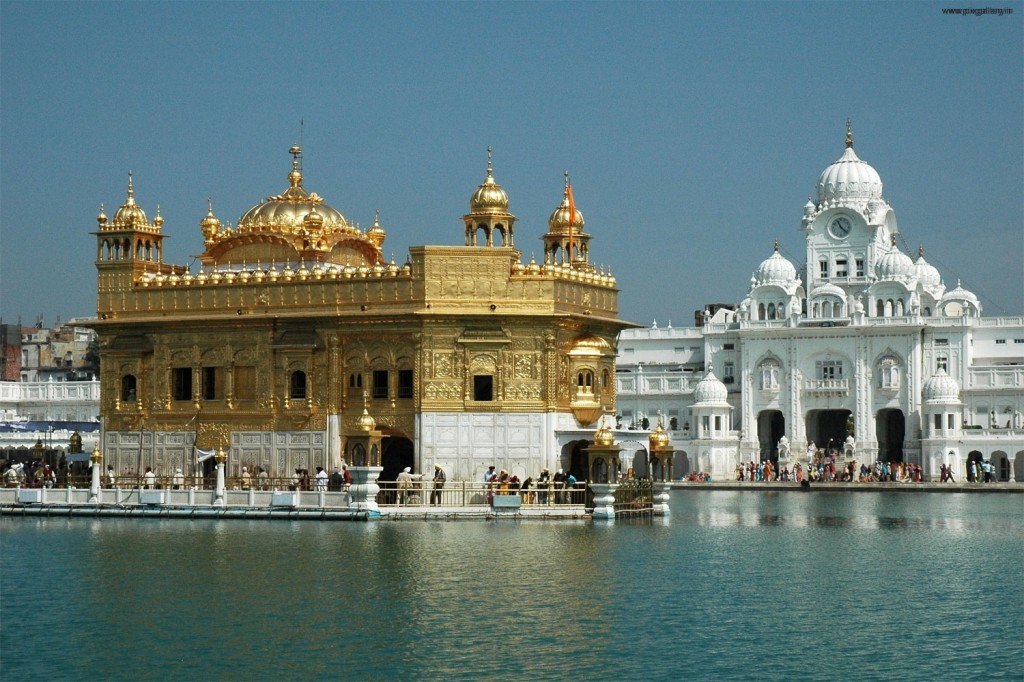
The Golden Temple, a Sikh Gurdwara situated in the Amritsar city of Punjab. Harmandir Sahib is holiest place in Sikhism and its doors symbolize the openness of all people and religions.
Harmandir Sahib is a prominent Sikh Gurdwara in the city of Amritsar, Punjab in India. It was built by the Guru Arjan in the 16th Century AD. There are 4 doors to get into the Harmandir Sahib, the doors symbolize the openness of the Sikhs towards all people and all religions.
In the nineteenth century, Maharaja Ranjit Singh protected the Punjab region from outside attack and covered the upper floors of the Harmandir Sahib with pure gold, which gives it its unique and distinctive appearance and its English name.
3 Tajmahal (The Symbol of Love)
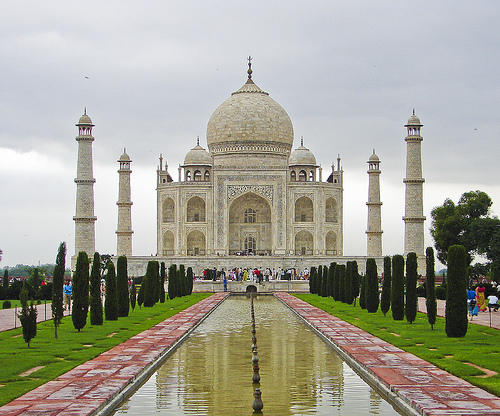
The Taj Mahal is a beautiful mausoleum located in the Indian state of Uttar Pradesh on the banks of River Yamuna. This beautiful mausoleum monument was built by mughal emperor Shah Jahan in the commemoration of his most darling wife, Mumtaz Mahal.
Built in pure white marble, the Taj Mahal is the finest mughal architecture - a style which combines elements from India, Islamic and Persian architectural styles. It is one of the most beautiful buildings in the world attracting tourists from different part of the world for incredible India tours and travels. It is the “Jewel of Muslim Art & Architecture” and a UNESCO World Heritage Sites.
A visit to Taj Mahal in Agra also providers tourists wonderful opportunity to visit, explore and relish some other monuments like Agra Red Fort, Itmad-Ud-Daullah Tomb (often described as the Baby Taj), and Fatehpur Sikri.
4 Hampi – Vijayanagara in Karnataka

Village Hampi is located within the ruins of Vijayanagara (capital of the Vijayanagara Empire). There are many ruins that are known as the Group of Monuments at Hampi. The place is also a UNESCO World Heritage Site.
In the northern Karnataka village, Hampi is located. Positioned within Vijayanagara ruins that were the capital of Vijayanagara Empire, this monument is located. This place has also gained a lot of popularity as a significant religious centre. The premises also house the Virupaksha Temple. Besides this temple, there are many other monuments that are a part of this old city. These ruins have been declared as a UNESCO World Heritage Site. It has also been listed as a part of Group of Monuments at Hampi.
5 Konark Sun Temple in Orissa
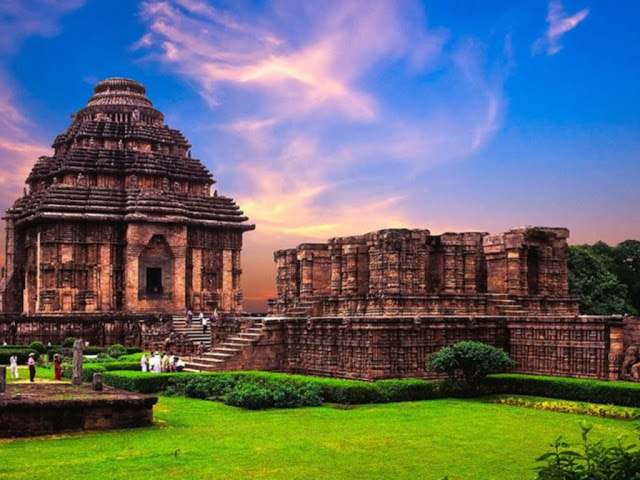
Konark Sun Temple is a UNESCO World Heritage Site and also one of the Seven Wonders of India. This famous site is located at Konark in Puri district in the state of Orissa, India. Erected in black granite it was built in AD 1236 - 1264 by King Narasimhadeva-I. It is also known as Black Pagoda due to its structure built in black granite.
The magnificent Sun Temple attracts tourists from all over the world with its marvelous architecture which takes the form of Chariot of Surya Dev (Sun God) with 24 wheels. The temple complex is heavily decorated with stone carvings. The chariot is led by a team of six horses. The temple symbolizes the impressive pace of the Surya Dev (the Sun god). Built in 13th century the Konark Sun Temple is one of the most illustrious India’s Brahman’s temples. Nata Mandir is situated at the entrance of the Sun Temple. Nata Mandir is the temple where temple dancers used to perform dances to pay the homage to the Surya Devta (the Sun God).
6 Nalanda in Bihar
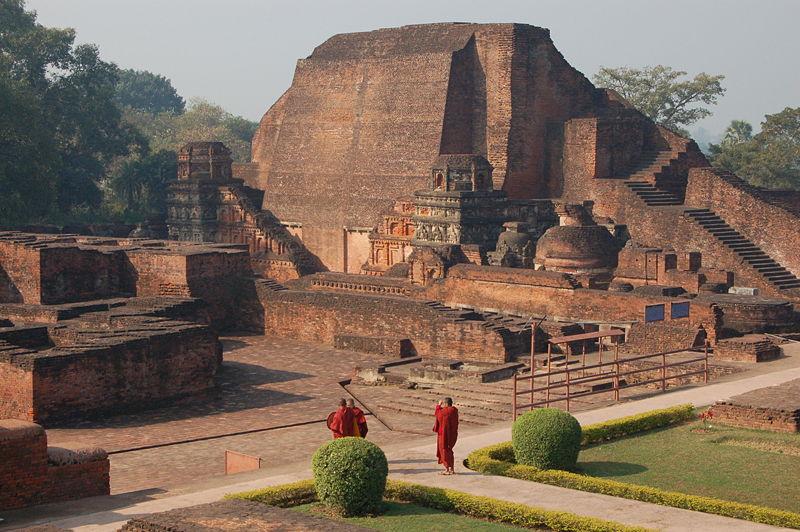
Nanda complex was a religious center of learning from the 5th century AD to 12th century AD.
The complex was built on the area of 14 hectares, and at its peak, the university attracted scholars and students all away from Tibet, China, Persia and even Greece. Nalanda complex was ransacked and totally destroyed by a Turkish Muslim army in 12th century AD.
The University complex was constructed using red bricks. In an area of about 14 hectares, the ruins of this University are sprawled. During its zenith, many students and scholars came from far away destinations like Greece, Tibet, Persia, China and Tibet. Bakhityar Khilji’s army ransacked and damaged this University in the year 1193. It is believed that this University was so huge that it burned for about three months after invaders set it on fire. The monasteries were destroyed and monks were driven away from this site.
7 Khajuraho in Madhya Pradesh
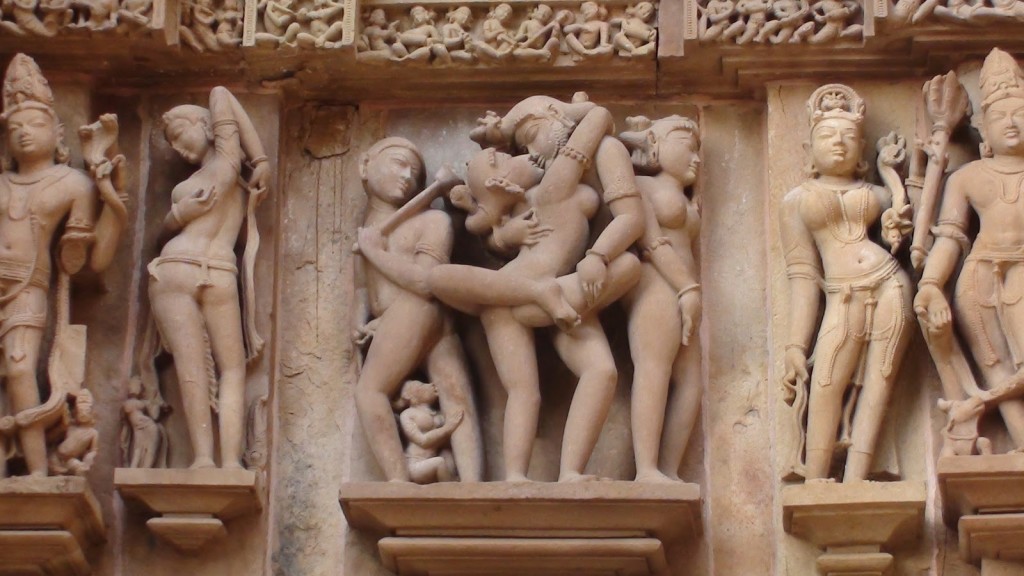
Khajuraho is a small village located in Chhatarpur district in the state of Madhya Pradesh. Khajuraho attracts a large number of tourists from all over the world with its architecturally beautiful temple complex. The Group of Khajuraho Temples has been declared as a UNESCO World Heritage Site in 1986. The temple complex is also considered to as one of the seven wonders of India. It attracts tourists from different parts of the world with its marvelous architecture.
The temples of Khajuraho have been divided in to three groups - Western Group of Temples, Eastern Group of Temples and Southern Group of Temples. Kandariya Mahadeo, Chaunsath Yogini, Chitragupta Temple, Lakshmana Temple, Matangeshwara Temple, etc are worth visit temples in western group. Parshavanath Temple, Adinath Temple, Vamana Temple, Ghantai Temple, Javari Temple, etc are popular temples in eastern group. Duladeo Temple and Chaturbhuja Temple are famous temples in Southern Group.